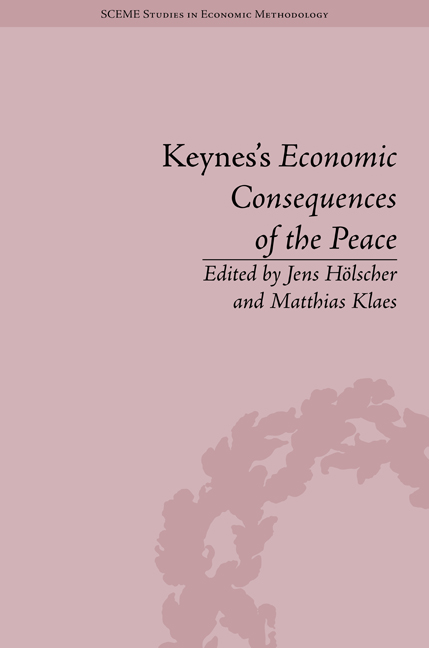Introduction: Standing the Test of Time: Maynard Keynesas's Economic Consequences of the Peace, a Century On
Summary
Keynes wrote The Economic Consequences of the Peace as an immediate consequence of his direct involvement in the Paris Peace Conference of 1919 leading up to the Treaty of Versailles. He had participated in Treaty negotiations as the most senior Treasury representative, a role from which he resigned shortly before the Treaty was signed, in protest at the level and extent of war reparations imposed on Germany, which he regarded as unsustainable and detrimental, not only to British interests, but to prosperity and peace in Europe overall.
Almost immediately upon his return from Paris on 7 June 1919, Keynes set out to write a blistering attack of the financial and economic settlements of the Treaty. He did so from Charleston Farmhouse, which already during the war years had become a regular haven to him from the demands of the Treasury post, allowing him to immerse himself in the artistic and intellectual life of this countryside retreat of the Bloomsbury Circle around Virginia Wolf, Clive and Vanessa Bell, and Duncan Grant. Arriving in Charleston on 13 June, he started work on the manuscript ten days later and delivered it to Macmillan Publishers in October 1919.
Written thus over a period of scarcely three months, Economic Consequences is a vivid testament to Keynes's qualities, not just as an economist, but as a writer too, steeped in the psychologizing metaphors and unerring eye for the inner life that one finds among the protagonists of Bloomsbury high modernism more generally.
- Type
- Chapter
- Information
- Keynes's Economic Consequences of the PeaceA Reappraisal, pp. 1 - 6Publisher: Pickering & ChattoFirst published in: 2014



